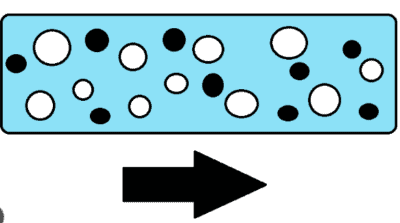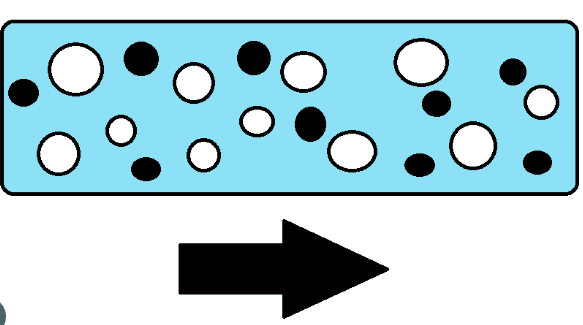Pneumatic conveying is a highly efficient method for transporting plastic materials. However, conveying powders has several challenges and requires careful consideration and specialised handling techniques. Here we’ll share three key considerations for conveying powders.
Material Characteristics
Powders can have some diverse properties that influence their conveyance, including particle size, shape, density and cohesion. It’s important to understand the material’s characteristics so you can select the appropriate conveying system and therefore have optimal performance.

Some abrasive powders may require different specialised equipment with wear-resistant components to prevent damage to the system. Consider a variety of pneumatic-conveying-systems such as those at https://www.aptech.uk.com/pneumatic-conveying-systems.
Material Considerations:
Chemical compatibility
Product degradation
Flow property
Particle size and shape
Bulk density
Particle attrition and its distribution
Combustible properties
Different Powder Descriptions:
Free-flowing
Fine
Non-free-flowing
Sluggish
Cohesive
Floodable
Abrasive
Pickup Point Design
The pickup point design is an important choice to make sure the powders are transferred efficiently into the pneumatic conveying systems. Proper airflow distribution and material entrainment will prevent segregation, build-up and any blockages. Inlet geometry, air velocity and material flow patterns must be carefully chosen too, to achieve uniform feeding and minimise any unnecessary downtime. The pickup point could be various configurations, including a wand for a straightforward “up-and-in” system, bulk bag unloader, bag dump station and, in certain circumstances, silo or railcar, depending on the container holding the material at the onset of the process.

Discharge Methods
Effective discharge methods are important to make sure the conveying system has been emptied completely. Powders don’t flow as easily as pellets, and each powder behaves differently. Some powders stick together or form clumps, which can block the flow from the hopper to the receiver. When dealing with powders that don’t flow freely, you will need to adjust the equipment. There are various discharge methods available for handling these sort of powders, including larger receiver openings and specialised vacuum receivers that are specially designed to prevent any jamming. Vibratory discharge aids, air fluidization or mechanical agitation could be used for the flow of difficult-to-handle powders. This will prevent residual build-up in the system.

